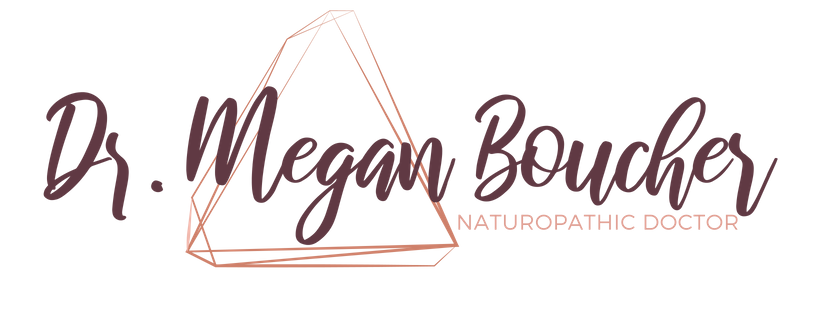Estrogen Dominance
Before we get talking about Estrogen Dominance, let’s first look at the basics of your hormones. (That’s a bit of an oxymoron… There is nothing “basic” about female hormones). There are 4 main hormones responsible for your monthly gift (that’s a nice name for your period): Estrogen, Progesterone, LH and FSH. When all of these hormones are in balance, and increase/decrease at the correct times, all is well. You period lasts 4 days and your cycle is around 28 days. Your period comes, your period goes, life is good. No cramps, no clots, no migraines, no fibrocystic breasts… Perfection.
Don’t we wish it could always be that simple?
Problems occur when one or more of these hormones gets thrown out of balance. A common concern I see is what we refer to as “Estrogen Dominance”, which is a state of estrogen being high relative to progesterone. This can happen in one of three situations:
- Your Estrogen is HIGH and Progesterone is low or normal
- Your Estrogen is NORMAL and Progesterone is low
- Your Estrogen is LOW and Progesterone is even lower
The problem? They all result in similar symptoms, but have very different treatments!
Symptoms of Estrogen Dominance
Symptoms of your estrogen being high relative to progesterone include:
- Weight gain or difficulty losing weight, especially around the hips and butt
- Anxiety, depression, irritability
- Heavy, painful, or irregular periods
- Fibrocystic Breasts
- Water retention
- Migraines/headaches, especially around or during your period
- Trouble sleeping
Possible Causes of Estrogen Dominance
While the cause will differ from person to person, the most common causes I see in practice are:
- Dietary – not getting the proper nutrients to support the production, breakdown, and elimination of your hormones
- Chemicals – being exposed to chemicals, such as BPA from plastics, parabens from beauty products, and pesticides in your food
- Drugs – medications, such as the birth control pill, can ultimately throw off our hormone levels while on them or once discontinued
- Lifestyle – some of your estrogen is actually created in fat cells, and estrogen is a proliferator of fat cells. More fat = more estrogen = more fat = more estrogen = more fat = more es…. You get it. Proper exercise can help combat this, but so many of us sit all day long
- Other Organ Systems – imbalances in your thyroid, adrenals and gut can also impact your ovarian hormones
So What Do You Do?
Getting proper testing is the most important thing you can do to determine if you have Estrogen Dominance, and which class you fall into. Before you run to your doctor asking them for a blood test, PLEASE PLEASE PLEASE (yes, this is me BEGGING), do not simply have a blood test done on any random day of the month. I see this far too often and it is impossible to interpret anything if we don’t know where you were in your cycle, or if you have it done on the incorrect day.
The timing of your testing is extremely important. We want to catch Estrogen and Progesterone when they are at their peak in the luteal phase. This occurs about 7 days after ovulation. For a typical 28-day cycle, that means on or around Day 21. If your cycle is longer, this day may change. Using a ratio of Progesterone:Estrogen will help us figure out if your hormones are in balance.
There are three different ways to test your hormones: serum (blood test), salivary, and dried urine. These will all give us a good picture of where your hormone levels are, but to varying degrees. The most comprehensive test you can do is the dried urine test, which will tell us not only the status of your hormones, but also how you are breaking down and excreting them.
In Part 2 of this blog series, I will be discussing simple changes you can make at home to help support your hormones. Make sure to sign up and follow my blog to receive notifications when my next post is ready!
Want to explore your hormonal health in more depth? I’m accepting new patients at Cornerstone Health Centre in Georgetown, Ontario. You can book an appointment online here.

